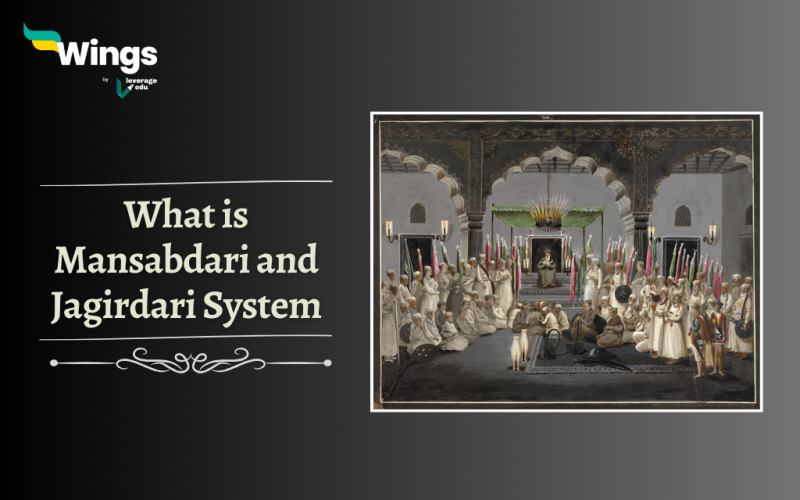Mansabdari and Jagirdari are the two systems prevalent in the Mughal dynasty that formed both the civil and military sectors of the Mughal administrations. As a salary, they would get land grants. The Mansabdars in the Mughal era were paid either in cash or jagirs. The term ‘mansab’ is a position or rank in the Mughal dynasty. His concept was introduced by the emperor, Akbar. To know what is Mansabdari and Jagirdari systems, keep scrolling.
What is Mansabdari?
This system of the Mughal administration was introduced in the year 1571. So a mansab is a rank or position and the one who holds a mansab is called a mansabdar. This rank could be given to both civil or military individuals. Moreover, it was able to bridge the gap between civil and military populations.
The whole system of mansabdari is called a dual system.
- Zat (Sipahi)
- Sawar (Horsemen)
Now depending on the above divisions, mansabdars were further divided into the following –
- First rank mansabdar
- Second rank mansabdar
The payment mode in the mansabdari system was differentiated into two different forms.
- Cash Payment– Mansabdars who were paid in cash were known as Naqdi.
- Land Grants– Mansabdars who were paid in the land were known as Jagirdars. This is the right to collect revenue from the land, not on the land.
Also Read- Birbal: An Overview of Mughal Emperor’s Advisor
What is Jagirdari?
A jagirdari is a system of payment through which the mansabs were given land. Post the control on land, they were known as jagirdars. They are responsible for maintaining the financial systems throughout the land they were given.
It is not a hereditary honour or post. Once a jagir dies, their land or rank will not be given to their children. Moreover, a person cannot hold on to a jagir for a very long time.
The whole system was highly centralized. If someone had a good relationship with the king, the chances of being good jagirs were high. For instance, most jagirs were Rajput because they shared a great connection with the king.
There were four types of jagirs in the jagirdari system.
- Watan Jagir
- Inam Jagir
- Tankhw Jagir
- Mashrur Jagir
Relevant Blogs
This is the answer to what are mansabdari and jagirdari systems. If you want to know more about topics like this, then visit our general knowledge page! Alternatively, you can also read our blog on general knowledge for competitive exams!
 One app for all your study abroad needs
One app for all your study abroad needs













